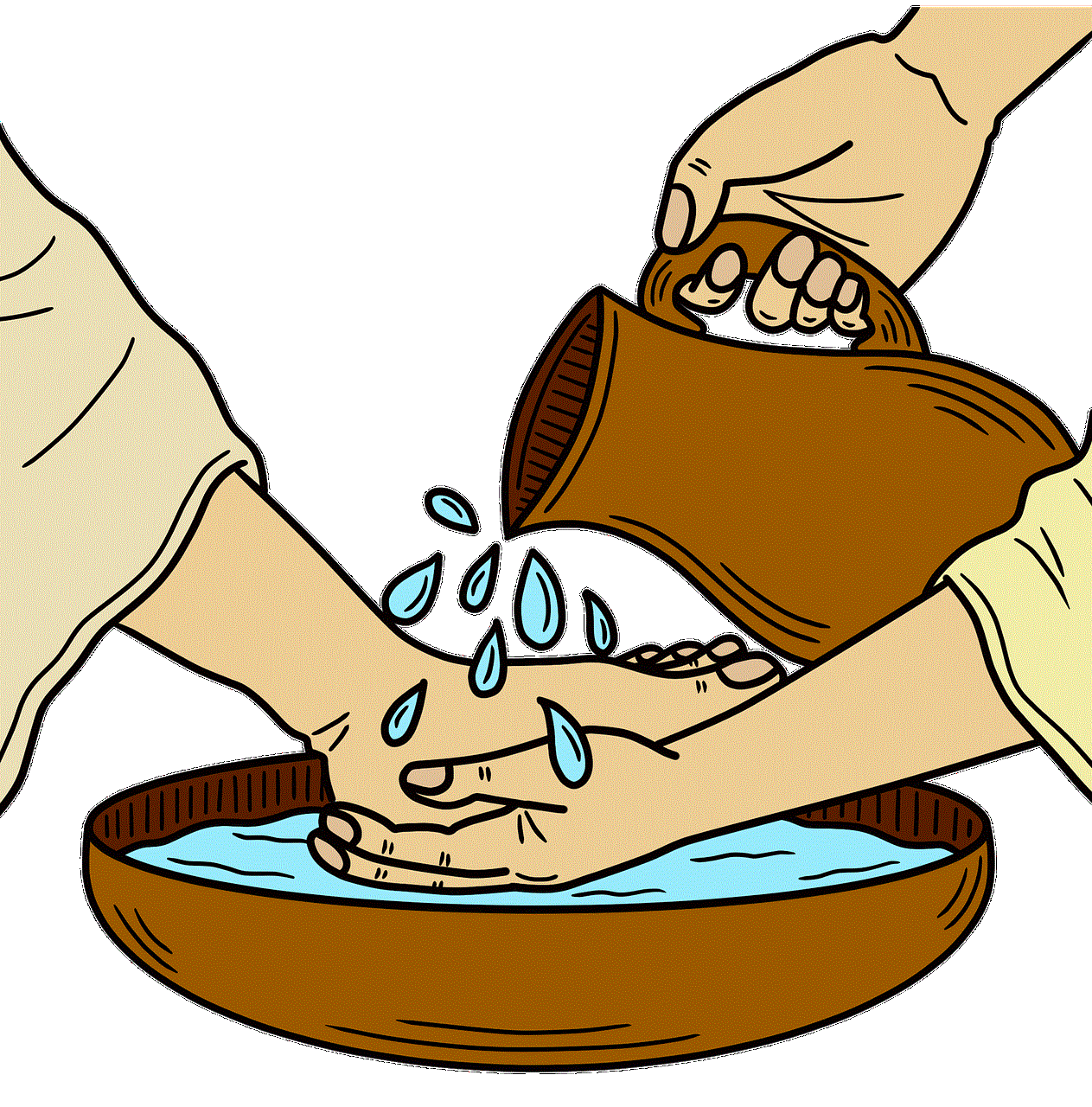new slang for cool
In today’s fast-paced and ever-changing world, it seems like there is always a new slang term or phrase popping up. From “lit” to “bougie,” the English language is constantly evolving and adapting to the trends and influences of society. One of the more recent terms gaining popularity is “cool,” but with a twist. “New slang for cool” is a phrase that has taken on a life of its own, and in this article, we will dive into its origins, usage, and impact on modern language.
What is cool? The word “cool” has been around for centuries, with its first recorded use dating back to the 1700s. Originally, it was used to describe a low temperature or something that was not hot. However, over time, the word’s meaning has evolved to encompass a much broader range of concepts and ideas.
In the 1950s and 1960s, “cool” was associated with the idea of being calm, collected, and in control. This was the era of jazz music, where being cool meant being stylish, confident, and effortless. The term was first popularized by African American musicians and artists, who used it to describe their unique and laid-back attitudes. From there, it spread to the mainstream and became a part of popular culture.
Fast forward to the 1980s and 1990s, and the meaning of cool shifted once again. It became associated with rebellion, nonconformity, and counterculture. This was the era of punk, grunge, and hip hop, where being cool meant rejecting societal norms and embracing individuality. The word “cool” was used as a form of rebellion against the mainstream and a way to express one’s identity.
As time went on, the word “cool” continued to evolve and take on new meanings. However, it wasn’t until recently that a new twist on the word emerged. “New slang for cool” is a phrase that has become increasingly popular, especially among younger generations. So, what exactly does it mean?
In simple terms, “new slang for cool” refers to the use of alternative words or phrases to describe something as cool. This can range from a simple replacement of the word “cool” with another term, such as “dope” or “lit,” to more creative and unique phrases like “fuego” or “on fleek.” It is a way for individuals to express themselves and their own personal style through language.
One of the most significant factors contributing to the rise of “new slang for cool” is the influence of social media and the internet. With the rise of platforms like tiktok -parental-control-effectively-in-2023″>TikTok , Instagram , and Twitter, trends and slang terms can spread like wildfire. What may have started as a niche term used by a small group of individuals can quickly become mainstream through the power of the internet.
But why do people feel the need to constantly come up with new slang terms for cool? Some argue that it is a way to stay ahead of the curve and remain relevant in a world that is constantly changing. With the rise of fast fashion and the pressure to stay on top of trends, using “new slang for cool” is a way to show that you are in the know and up-to-date with the latest expressions.
Others argue that it is a form of self-expression and a way to stand out from the crowd. In a world where everyone is trying to be cool, using alternative words and phrases can be a way to differentiate oneself and create a unique identity. It allows individuals to be creative and playful with language and showcase their personality and individuality.
However, some critics argue that the constant use of “new slang for cool” can be detrimental to the English language. With language constantly evolving and new words and phrases being added, some worry that it can lead to a decline in proper grammar and vocabulary. Additionally, the overuse of slang terms can also make it difficult for people from different generations and backgrounds to understand each other.
But is “new slang for cool” really a new concept, or has it been around for a while? The truth is, alternative words for cool have been used for decades, if not centuries. For example, in the 1920s, people used the term “bee’s knees” to describe something as cool, and in the 1950s, “groovy” was a popular alternative. So, while the concept may not be entirely new, its prevalence in modern language is undoubtedly on the rise.
So, how exactly does one come up with new slang for cool? It is not an easy task, and it often happens organically. As mentioned earlier, the internet and social media play a significant role in the spread and creation of new slang terms. A term may start as a joke or a meme and quickly gain popularity, becoming a widely used term for cool.
In some cases, slang terms for cool can also be borrowed from other languages or cultures. For example, the term “fuego,” meaning fire in Spanish, has become a popular way to describe something as cool or amazing. Similarly, “on fleek” is a phrase that originated in the African American community and has now become a mainstream term for cool.
It is also worth noting that the use of “new slang for cool” is not limited to just one demographic. While it may be more prevalent among younger generations, people of all ages and backgrounds use alternative words and phrases to describe something as cool. It has become a part of modern language, and its usage is not limited to any particular group.
As with any slang term, there is always a risk of it becoming overused and eventually losing its cool factor. The constant desire to be ahead of the curve and use the latest slang terms can lead to the quick demise of certain expressions. However, some terms have stood the test of time and have become a part of the lexicon, such as “lit” and “dope.”
In conclusion, “new slang for cool” is a phrase that has gained popularity in recent years and has become a part of modern language. It is a way for individuals to express themselves, stay relevant, and differentiate themselves from the crowd. While some may argue that it can be detrimental to the English language, it is undeniable that slang terms and expressions have always been a part of language evolution. So, whether you prefer to use “cool,” “dope,” or “fuego,” there is no denying that language is a constantly evolving and dynamic entity, and “new slang for cool” is just one small aspect of it.
instagram promotion scams
Instagram has become one of the most popular platforms for businesses and individuals to promote their products and services. With over 1 billion active users, it offers a vast audience to reach out to and market to. However, with the rise in popularity of Instagram, there has also been an increase in the number of scams targeting users through the platform’s promotion features. In this article, we will discuss the various types of Instagram promotion scams and how you can protect yourself from falling victim to them.
What are Instagram Promotion Scams?
Instagram promotion scams are deceptive tactics used by fraudsters to exploit the platform’s promotion features to trick users into giving away their personal and financial information or to make fraudulent purchases. These scams often involve fake promotions, contests, and giveaways that promise attractive prizes or discounts in exchange for following certain accounts, sharing posts, or making purchases.



Types of Instagram Promotion Scams
1. Fake Promotion/Contest Scams
These scams involve creating fake promotions or contests that require users to follow certain accounts, like and share posts, or tag friends in the comments to enter. The scammers typically use popular brands or influencers’ names to make the promotions seem legitimate. They may also use hashtags related to the brand or influencer to increase the post’s visibility. However, these promotions are fake, and the prizes promised are never delivered. The scammers may also use the information collected from users to spam them with unwanted promotional messages or sell it to third-party marketers.
2. Phishing Scams
Phishing scams involve creating fake Instagram accounts that mimic legitimate brands or influencers to trick users into giving away their personal and financial information. These scammers may send direct messages to users, claiming that they have won a prize or a discount code, and ask them to click on a link to claim it. The link leads to a fake website that looks like the legitimate brand’s or influencer’s page and asks for personal and financial information. The scammers then use this information for identity theft or to make fraudulent purchases.
3. Fake Influencer Scams
Fake influencer scams involve fraudsters creating fake Instagram accounts and pretending to be influencers to attract followers and sponsorships. They may use tactics like buying fake followers and likes to make their accounts seem popular and legitimate. These scammers then reach out to brands and offer to promote their products or services in exchange for a fee. However, once the brands pay the fee, the scammers disappear, and the promotions never happen. This not only results in financial loss for the brands but also tarnishes the reputation of legitimate influencers.
4. Fake Giveaway Scams
Fake giveaway scams involve creating fake Instagram accounts and posing as influencers or popular brands to host fake giveaways. These scammers ask users to like, share, and tag friends in the comments to enter the giveaway and promise attractive prizes like luxury vacations, expensive gadgets, or cash prizes. However, the prizes are never delivered, and the scammers may use the information collected from users to spam them with promotional messages or sell it to third-party marketers.
5. Fake Advertisements Scams
Fake advertisement scams involve creating fake Instagram accounts and posting ads for products or services that do not exist. These ads often offer discounts or limited-time offers to lure users into making purchases. However, once the users make the payment, the scammers disappear, and the products are never delivered. This not only results in financial loss for the users but also exposes their personal and financial information to the scammers.



How to Protect Yourself from Instagram Promotion Scams?
1. Research Before Participating in Promotions
Before participating in any promotions, contests, or giveaways on Instagram, research the account hosting the promotion. Check if the account is verified and has a significant following. Also, look for any red flags like poor grammar and spelling in the posts, no contact information, or fake followers. If the account seems suspicious, it is best to avoid participating in the promotion.
2. Be Wary of Direct Messages
Legitimate brands and influencers rarely reach out to users directly via direct messages. If you receive a message from an unknown account claiming to represent a brand or influencer, do not click on any links or provide any personal or financial information. Instead, reach out to the brand or influencer directly through their official account to verify the authenticity of the message.
3. Do Not Share Personal Information
Never share your personal or financial information with anyone on Instagram, even if it seems like a legitimate brand or influencer. This includes your social security number, bank account details, credit card information, and passwords. Scammers can use this information for identity theft or to make fraudulent purchases.
4. Report Suspicious Accounts
If you come across an account that you believe is involved in scam activities, report it to Instagram. You can do this by clicking on the three dots on the top right corner of the account’s profile and selecting “Report.” This will help Instagram take action against the account and prevent other users from falling victim to the scam.
5. Use Secure Payment Methods
If you are making a purchase through Instagram, always use secure payment methods like PayPal or credit cards. Avoid using debit cards or bank transfers as they do not offer the same level of protection. Also, never make payments outside of the Instagram platform as it makes it difficult to get a refund in case of fraud.



Conclusion
Instagram promotion scams are on the rise, and scammers are constantly coming up with new ways to exploit the platform’s features. It is essential to stay vigilant and educate yourself about these scams to protect yourself from falling victim to them. Remember to research before participating in promotions, be wary of direct messages, not share personal information, report suspicious accounts, and use secure payment methods. By following these simple tips, you can enjoy using Instagram without the fear of being scammed.